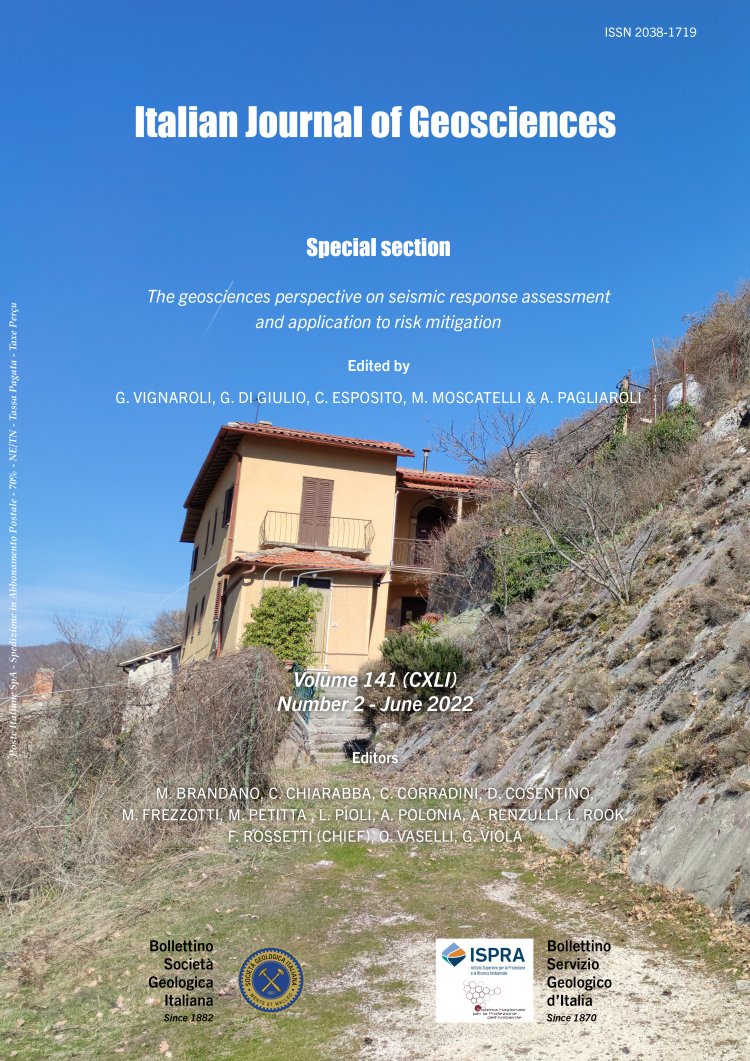
The role of modelling of site conditions and amplification in seismic hazard and risk assessment at urban scale. The case of Thessaloniki, Greece
Evi Riga1, Stefania Apostolaki1, Anna Karatzetzou1, Laurentiu Danciu1 & Kyriazis Pitilakis1
1Aristotle University of Thessaloniki, P.O.B. 424, 54124, Thessaloniki, Greece. 2 Swiss Seismological Service (SED), ETH Zürich.
Corresponding author e-mail: eviriga@civil.auth.gr
Volume: 141 (2022) f.2
Pages: 198-215
Abstract
One of the main challenges of large-scale seismic hazard and risk applications is the characterization of the amplification of seismic ground motion due to the local site conditions, often described by Vs,30, i.e., the time- averaged shear wave velocity in the upper 30 meters of the soil deposit. In most of these applications, Vs,30 values are directly estimated from microzonation investigations, inferred from proxies such as the topographic slope, or obtained from seismic codes based on a simplified site categorization. The scope of this work is to investigate the effects of the method applied for modelling of site conditions and site amplification in urban risk assessment. For this we consider the application of the 2020 updates of the European Seismic Hazard (ESHM20) and Risk (ESRM20) Models and we focus on Thessaloniki, Greece, a city which is very well documented in terms of both local site conditions and exposure.
To this end, we compare seismic hazard and risk results obtained using two different approaches for site conditions / site amplification modelling. In the first approach, which may be considered as more rigorous but also more demanding, two different appropriate site condition models are directly used in the ESHM20 hazard logic tree. In the second approach, which is more simplified and efficient in practice, two site amplification models were developed for the study area based on the soil classification according to two different code-oriented classification schemes. Eventually, four hazard models are obtained. Seismic risk results are presented in terms of expected damages and economic losses for a seismic hazard with a 475-year return period. Both hazard and risk assessment calculations are undertaken with the OpenQuake Engine (Pagani et al., 2014; Silva et al., 2014). The main conclusion for the case of Thessaloniki is that, for the given fragility and vulnerability models, the estimated aggregate damages and economic losses at city scale are not significantly affected by the way that local site conditions are taken into account, which indicates that simplified approaches for site modelling may be used for large scale applications when more rigorous approaches are not feasible. Significant discrepancies may occur, however, at local scale.
Keywords
Get Full Text